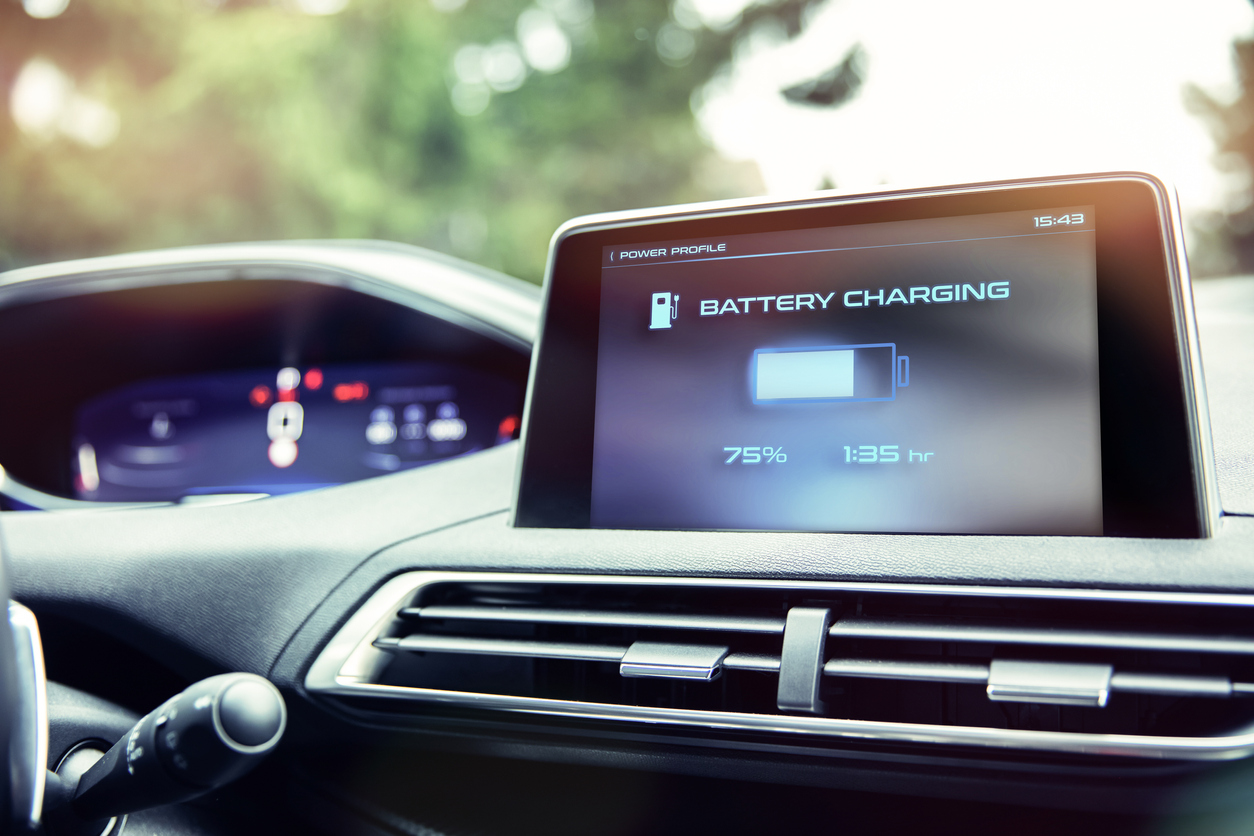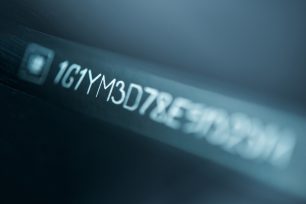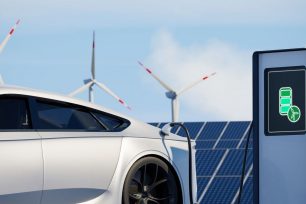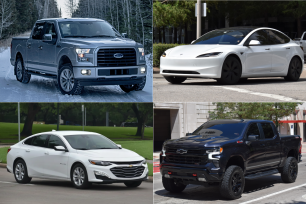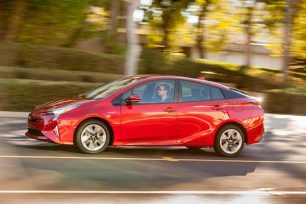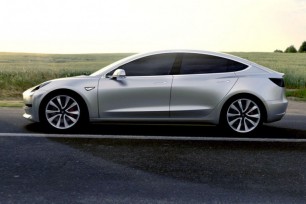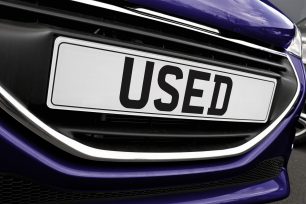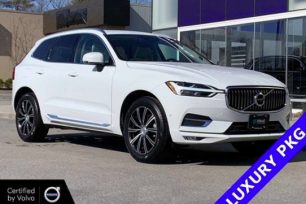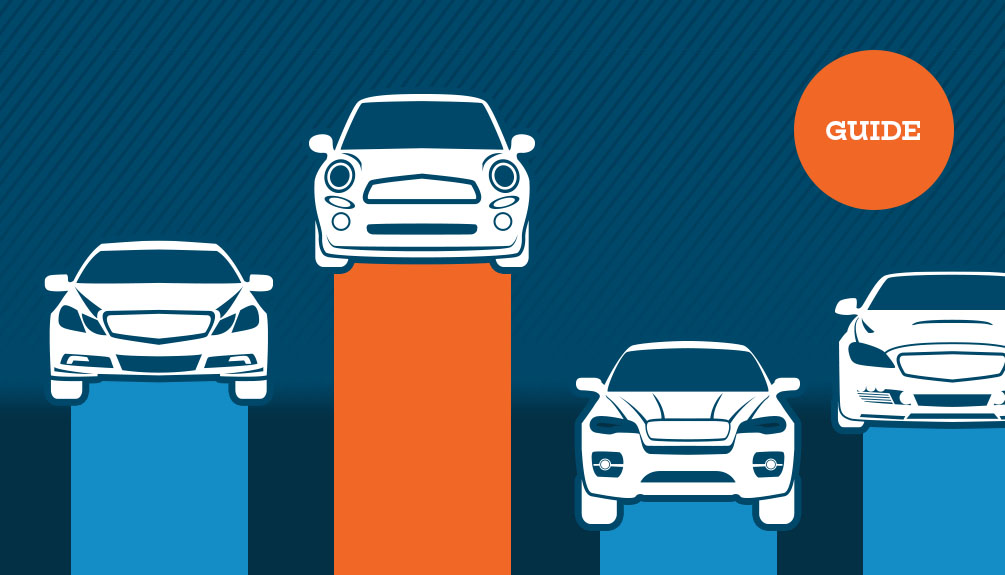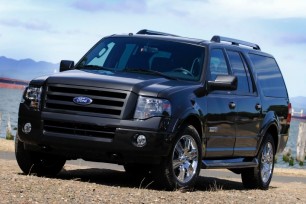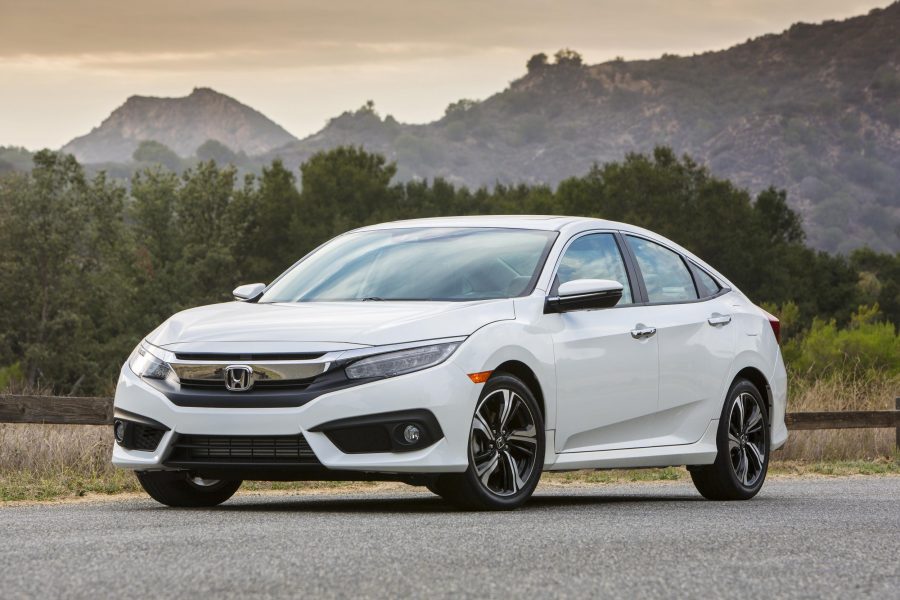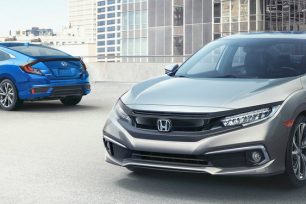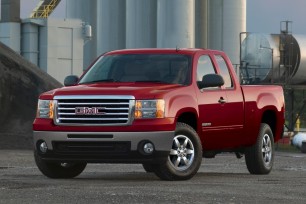Electric vehicles (EVs) are gaining market share at a rapid pace, with sales of EVs growing by 55 percent in 2022 compared to 2021 according to the International Energy Agency. That number is expected to grow further in 2023.
As many consumers consider an electric vehicle for their next car purchase, they may be curious about how these electric vehicles work. After all, today’s electric cars look and drive like traditional gas-powered cars, but it’s important to understand the differences between these two vehicle types.
What are the Parts of an Electric Vehicle?
To understand how an electric car works, it’s important to understand its main components.Traction Battery Pack
An electric car ’s traction battery pack serves as an energy storage system. This energy, which is in the form of direct-current electricity, is then used to power the vehicle’s motor and all other electrical components. Most EVs use lithium-ion batteries due to their high energy density.Power Inverter
The electric car ’s inverter changes the direct current (DC) from the battery into an alternating current (AC), which is then used to power the motor. The inverter also changes to DC current during regenerative braking to charge the battery. Along with powering the motor and recharging the battery, the power inverter also helps control speed.Electric Motor
The vehicle’s electric traction motor receives electricity from the inverter and provides the power that makes an electric vehicle move. Electric traction motors typically use an alternating current , which is more reliable than a direct current motor. The AC electrons cause a rotation that powers the vehicle.Charge Port
An electric car ’s charge port connects to an external power source (or car charger ) to charge the battery packTransmission
The transmission transfers mechanical power from the electric traction motor to drive the wheels.DC/DC Converter
This part converts higher-voltage DC power from the battery pack to the lower-voltage DC power required to run vehicle accessories, like the headlights and audio system, and recharge the battery.Thermal System – Cooling
This system maintains a proper operating temperature range for the battery, electric motor , electronics, and other vehicle components.EV Charging
Electric vehicle batteries differ from an internal combustion engine vehicle’s battery in that they power the entire vehicle rather than simply anchoring a gasoline-powered car’s electrical system. While traditional gasoline-powered cars refuel at the pump, electric vehicles are powered by electricity and are “refueled” by recharging the battery.An electric car is charged by plugging it into a charger connected to the electric grid. Charging is managed by the car's electric vehicle service equipment (EVSE). There are three levels of EVSEs:
Level 1:
The simplest way to charge a plug-in or electric vehicle is with home charging equipment. All plug-in hybrid vehicles ( PHEVs ) and battery electric vehicles ( BEVs ) come with a 110-volt or Level 1, home charging kit that enables your vehicle to plug into a standard wall outlet with an adapter. This method doesn’t require the installation of special equipment, but it only provides three to five miles of range per hour of charging . With this method, getting a full charge can take 20 hours or more. This can be adequate for plug-in hybrid electric vehicles , and if you want to maximize your vehicle’s all-electric range, it’s effective and very inefficient.Level 2:
Next is the Level 2, 240-volt charger , which can provide between 12 and 60 miles of range per hour. Level 2 charging is also what’s found in most public charging stations like Chargepoint , and can be installed in a home by a professional electrician using either a 40 or 50 amp circuit. Charging time generally takes 8-10 hours. Installation can cost between $500 and $2,000, and local tax incentives and rebates can help offset this cost.Level 3: DC Fast Charging
Level 3 chargers , also known as DC fast charging or DCFC chargers , provide the fastest way to charge your vehicle. These fast chargers use direct current (DC) energy and require special plugs to connect. Most modern EVs now have standard quick charge ports that enable fast charging . DC fast charging stations are mainly available as public charging stations because they are too powerful and expensive to install in most homes.A level 3 DC fast charging station can get an electric vehicle’s battery to around 80 percent of capacity in 20-30 minutes, which makes them ideal for charging during road trips.
Regenerative Braking
Hybrid cars and electric vehicles use an alternative braking method compared to the traditional braking system on gasoline cars known as regenerative braking . With regenerative brakes , the energy from each wheel during braking is sent back to the battery. This, in turn, helps charge electric car batteries while the car is in use. An EV’s regenerative braking system supplements the brake pads and rotors found on traditional carsTypes of Electric Vehicles
Electric vehicles can be classified into four main categories.All-Electric Vehicles
All- electric vehicles , also known as battery electric vehicles ( BEVs ), contain a battery that is charged by plugging into a charging device. These have one, all-electric driving mode, and have driving ranges from 100 to 520 miles. Examples of all- electric vehicles include the Tesla Model S , the Chevrolet Bolt, and the Nissan LEAF.Plug-In Hybrid Electric Vehicles
Plug-in hybrids, also known as PHEVs , include both an internal combustion engine and an electric motor . PHEVs combine the best of both worlds and can operate in all-electric (or charge-depleting) mode or function as a gasoline car . PHEVs have smaller electric ranges than all- electric cars, and can typically travel up to 40 miles on electricity alone before switching to gasoline, similar to a conventional hybrid. Examples of plug-in hybrids include the Mitsubishi Outlander PHEV and the Hyundai Tucson PHEV .Hybrid Electric Vehicles
Hybrid electric vehicles , known as hybrids or HEVs , are powered by an internal combustion engine and at least one electric motor that uses energy stored in a battery. The vehicle runs primarily on gasoline, while the battery is charged through regenerative braking instead of plugging in. The electric motor serves to reduce fuel consumption, particularly at low speeds. The Toyota Prius is an example of a hybrid electric vehicle .Fuel Cell Electric Vehicles
Fuel Cell Electric Vehicles , also known as FCEVs, are zero- emission vehicles that use fuel cell technology to power the vehicle. These vehicles are powered by electricity rather than an EV battery and have tanks filled with hydrogen instead of gasoline. The car’s motor is powered by electricity that is generated by the combination of hydrogen and oxygen. An example of a fuel cell electric vehicle is the Toyota Mirai.Bottom Line:
Today’s electric cars look and drive like traditional gasoline-powered cars, but they have fewer moving parts and require less maintenance. It’s important to understand how electric cars work before you consider purchasing an EV.
More from iSeeCars:
If you’re in the market for a new or used electric vehicle you can search over 4 million used electric cars , SUVs, and trucks with iSeeCars’ award-winning car search engine that helps shoppers find the best car deals by providing key insights and valuable resources, like the iSeeCars free VIN check report and Best Cars rankings. Filter by vehicle type, front or all-wheel drive, and other parameters in order to narrow your car search.
